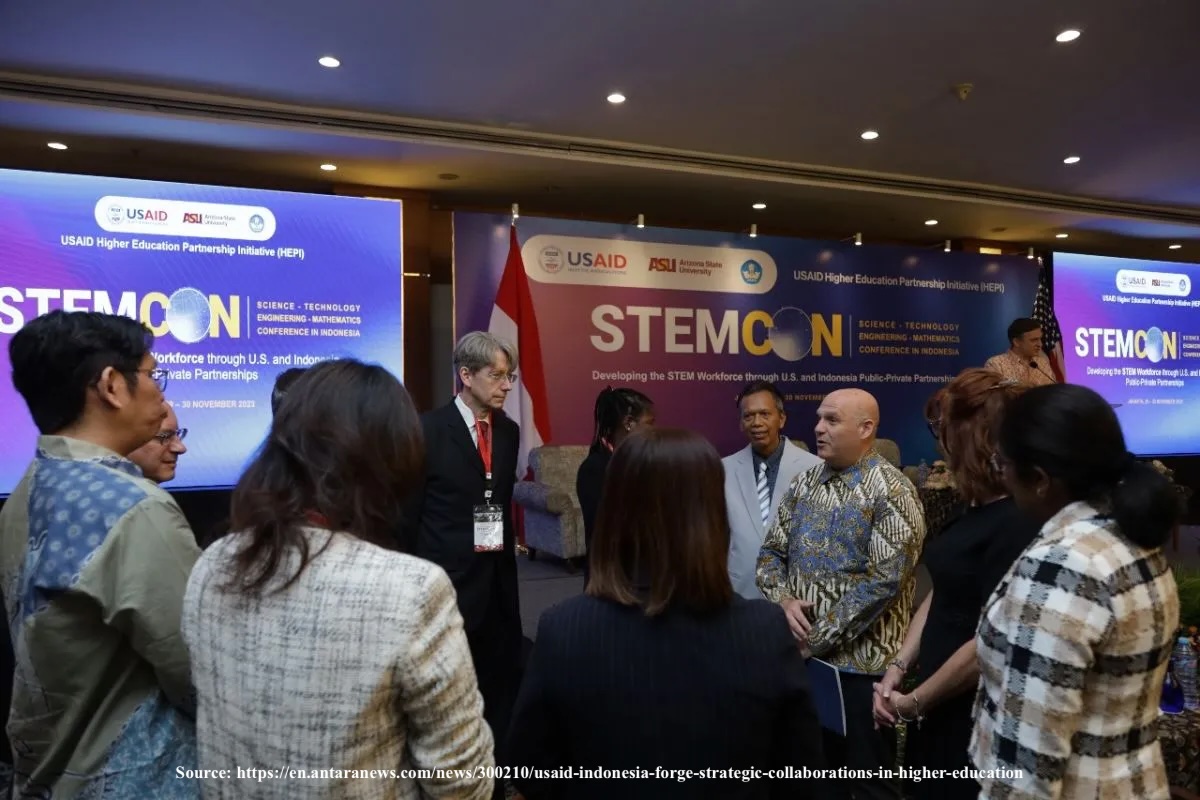The Complex Motives of USAID Technical Assistance in Education and Workforce Development (2014-2023): A Literature Mapping Approach

Indonesia has been a key recipient of U.S. foreign aid for over seven decades, even before USAID's establishment. It was among the first countries in the Asia-Pacific region to receive U.S. assistance in 1950. Despite fluctuations in U.S.-Indonesia relations, U.S. aid to Indonesia has remained consistent and evolved over time, adapting to the changing geopolitical landscape, from Cold War politics to the Global North-South dynamics. This research focuses on USAID's technical assistance in education and workforce development in Indonesia between 2014 and 2023. Indonesia's significant democratic and economic advancements over the past 15 years have elevated its status as a prominent regional leader with growing global influence. When the U.S. and Indonesia signed the Assistance Agreement in 2014, Indonesia was experiencing robust economic growth, exceeding six percent in the previous years, and, along with China and India, played a crucial role in helping the Asia-Pacific region weather external financial shocks post-great recession. This progress solidified Indonesia's position as a prominent emerging economy. On the other hand, the U.S. had not fully recovered from the economic downturn caused by the 2008-2009 Great Recession and was facing substantial budget cuts. The total foreign aid budget approved by the U.S. Congress in 2014 decreased by six percent (approximately $7.4 billion) compared to the previous two years. Normatively, foreign aid tends to decrease as the recipient country experiences economic growth, particularly when the donor country, like the U.S., is grappling with both domestic and international economic challenges. This research reviews 17 foreign aid studies using a taxonomy analysis method to examine the underlying motives of U.S. foreign aid. In this context, it effectively explores the complex relationship between the altruistic concern and geostrategic interest of the US aid allocation towards Indonesia.
Copyright (c) 2024 Hasanuddin Journal of Strategic and International Studies (HJSIS)

This work is licensed under a Creative Commons Attribution 4.0 International License.

